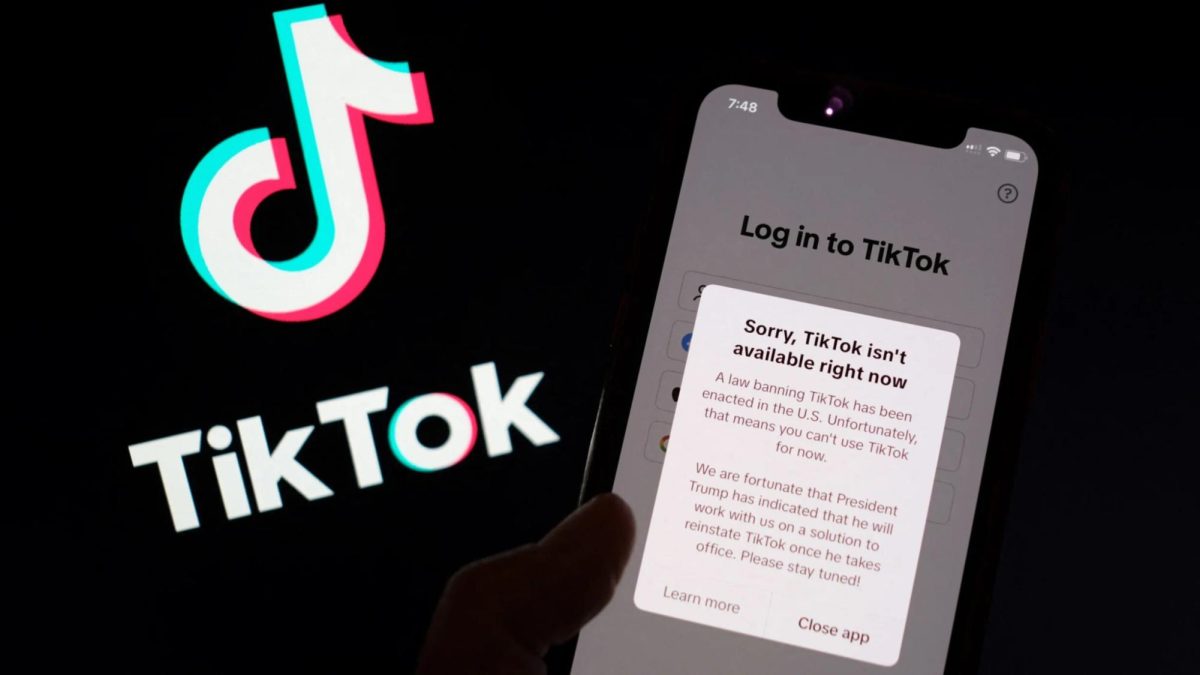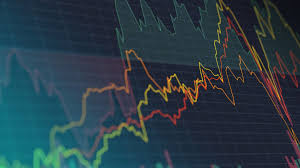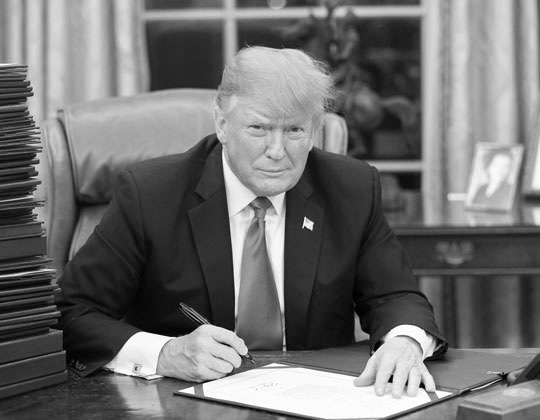The President’s Agenda
Ever since President Donald J. Trump began announcing his unique tariff policy, theories have abounded about their real-world impact. His supporters are confident that they will bring manufacturing jobs back to the US and restore our place at the top of the global economic food chain, while opponents fear rising prices on consumer goods and turmoil in the stock market. It might be too early to know for sure, but so far Trump’s vision is looking quite far from realization.
What Are Tariffs, Anyway?
A tariff is a tax on imports from a foreign country. In a fluid market, importers and suppliers are likely to pass on these extra expenses to consumers in the country that levied the tax. You may have heard this concern manifested in discussions about the rising price of eggs. The incentive for tariffs, and the reason that President Trump has been so freely assigning them, is the competitive advantage they offer to domestic manufacturers. In an increasingly globalized economy where the means of production is outsourced to foreign nations like China, these tariffs offer a boost to companies here in the US. In theory, that means more job opportunities and less economic reliance on other countries. In practice, there’s no telling how things will go.
A Sordid Outlook
On Tuesday, April 22, the International Monetary Fund released a report, titled “A Critical Juncture Amid Policy Shifts”, about the future of the global market. Statistical predictions for economic growth are looking grim; countries all over the world are facing predictions of a slump for the rest of 2025. The United States, Russia, and China are among those expected to experience the most slowing. Nothing life-changing: percentage decreases in GDP (gross domestic product, a measurement of a country’s wealth) growth are on the order of 1-3%. However, in an economy of trillions, those percentage points can be major. There’s a chance for a comeback in 2026, likely as the world settles back into a new normal and investors learn to cope. For now, the uncertainty of Trump’s moves going forward makes it hard to return to a stable market. A senior analyst at Goldman Sachs estimates that for every five percent increase in the US tariff rate, the value of S&P 500 (an index that tracks the stock value of five hundred important companies) shares would go down between 1 and 2 percent. It’s unclear whether this rate will remain steady if tariffs continue to be implemented.
This Means War?
Tariffs are, at their core, a form of punishment. Their goal is to limit international trade. As such, when a country is hit by tariffs, they are rarely pleased, and they rarely grin and bear it. Tariffs are inevitably followed, as they have been this time, by reciprocal tariffs from the attacked country. This forms a feedback loop, as the two countries escalate their tariffs ever more in a global game of chicken. This is happening right now between the United States and China, with rates far exceeding 100%. This is a slightly tamer version of a trade war, a conflict potentially just as crippling as real battle. If the US and China keep flexing their economic muscles as much as possible, eventually one will crack. So who will it be? From the beginning of the new world order created after World War II, the United States has been on top. However, in recent years China has had such a resurgence in manufacturing that they are now a worthy challenger. If China is to win this brewing trade war, they could knock the US down a peg and completely shake up the world order. Meanwhile, the American economy would be in shambles.
So What’s The Plan?
While the market may be entering troubled waters, it’s good to remember that this too shall pass. The same overnight transition that launched President Trump (and with him the tariffs) into power will just as surely replace him. What that next administration may bring, it’s impossible to tell; however, eventually a more moderate candidate will assume office. If the economy can find some semblance of stability between now and then, crises can be avoided. For now, we have only to wait.
Works Cited
Butler, Gavin. “US-China Trade War: Who Blinks First to Negotiate Tariffs?” BBC, 2 May 2025, www.bbc.com/news/articles/cg419qw9g15o.
“A Critical Juncture amid Policy Shifts.” International Monetary Fund, 22 Apr. 2025, www.imf.org/en/Publications/WEO/Issues/2025/04/22/world-economic-outlook-april-2025.
“How Tariffs Are Forecast to Affect US Stocks.” Goldman Sachs, 7 Feb. 2025, www.goldmansachs.com/insights/articles/how-tariffs-are-forecast-to-affect-us-stocks.




















